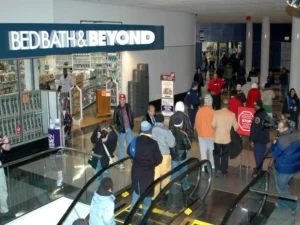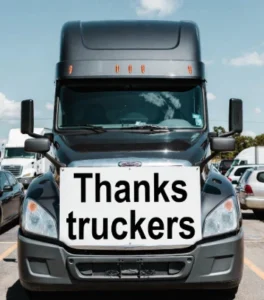This new phase will allow the sanctioning of drivers who continue to operate vehicles after having received alcohol or drug violations.
The Federal Motor Carrier Safety Administration (FMCSA) Drug and Alcohol Clearinghouse enters its next phase on November 18, known as Clearinghouse-II. This new phase will allow federal regulators to require state driver licensing agencies to downgrade the commercial driver’s license (CDL) of a truck driver who fails a drug or alcohol test and prohibits them from driving.
This change will affect commercial drivers who have not completed their return-to-duty process after a drug or alcohol-related violation. However, once drivers meet the requirements for returning to work, licensing agencies will reinstate their driving privileges. Clearinghouse-II aims to improve coordination between state and federal law but will not directly impact carrier compliance, as they are already required to refrain from using drivers who are ineligible.

Clearinghouse-II: key provisions
Currently, FMCSA prohibits drivers with drug or alcohol-related violations from continuing to work. The new final rule, Clearinghouse-II, extends this penalty by requiring states to revoke the CDL of drivers with pending violations. The rule includes four key provisions:
- State agencies must deny CDL transactions for drivers with a prohibited status.
- CDL privileges will be revoked after receiving a violation notification from FMCSA.
- The same rules will apply to commercial learner’s permits (CLPs) in relation to Clearinghouse violations.
- All states receiving MCSAP funding must adopt the Clearinghouse-II prohibition.
These new requirements will enable highway safety agents to more easily identify commercial drivers with a prohibited status by checking their CDL. Once a driver is placed in prohibited status, states will have 60 days to downgrade their CDL or learner’s permit.

Consequences for carriers
According to the August 2024 Clearinghouse report, approximately 177,000 CDL/CLP holders have a prohibited status due to drug or alcohol violations. Of these, only 25,000 are eligible for the return-to-duty test, while over 134,000 have not yet begun the process. Drivers who fail to take action could face the revocation of their CDL in any state. Clearinghouse violations can cost a carrier up to $5,833.
The report notes that drivers with violations who fail or refuse a drug test will have their prohibited status reflected in the Clearinghouse database, allowing states to take immediate action to revoke their CDL privileges. This could further reduce the available workforce or, at the very least, require drivers to complete the return-to-duty process and have their CDL reinstated before they can resume driving a commercial vehicle. Regulators have already begun planning for annual program inspections to ensure state CDL programs comply with all new federal requirements.

The strangest Black Friday purchases: from funny to nothing
Fueled by the adrenaline of the moment and the excitement of scoring big discounts, many shoppers have ended up buying unusual items during Black Friday.

Young drivers wanted, older drivers needed: the industry’s biggest dilemma
The road transportation industry remains at a crossroads in its efforts to recruit young drivers, but the workforce keeps aging and seeking retirement. The road

Thanksgiving, Black Friday and the Long Weekend: America Moves Because Trucks Never Stop
Thanksgiving, Black Friday and the Long Weekend: America Moves Because Trucks Never Stop

Thankful for the Drivers Who Keep America Moving This Thanksgiving
Thankful for the Drivers Who Keep America Moving: The Invisible Work Behind One of the Busiest Thanksgiving Seasons

Preparing for Thanksgiving travel: best and worst times to travel
Whether you are a truck driver, a traveler, or simply someone who needs to move around during these days, we share essential information to help

Cargo theft spikes during Thanksgiving: how to stay safe
Every year during Thanksgiving, cargo theft poses a serious threat to the trucking industry, and this year will be no exception. Every year during Thanksgiving,
